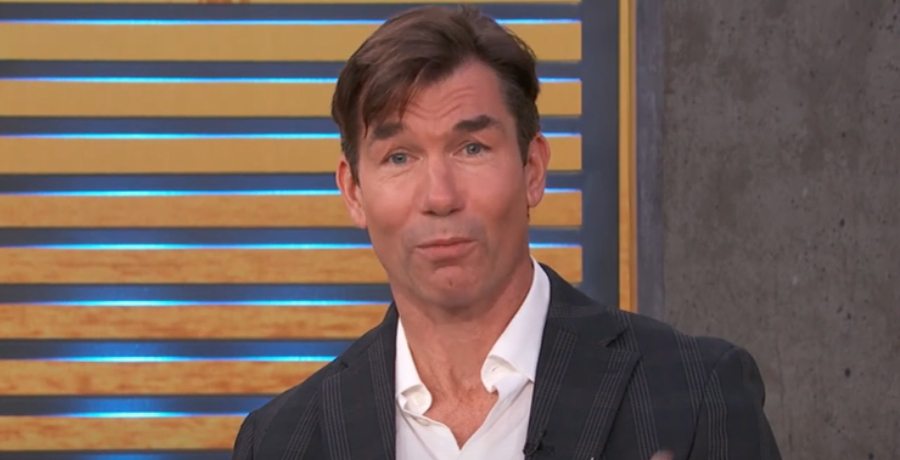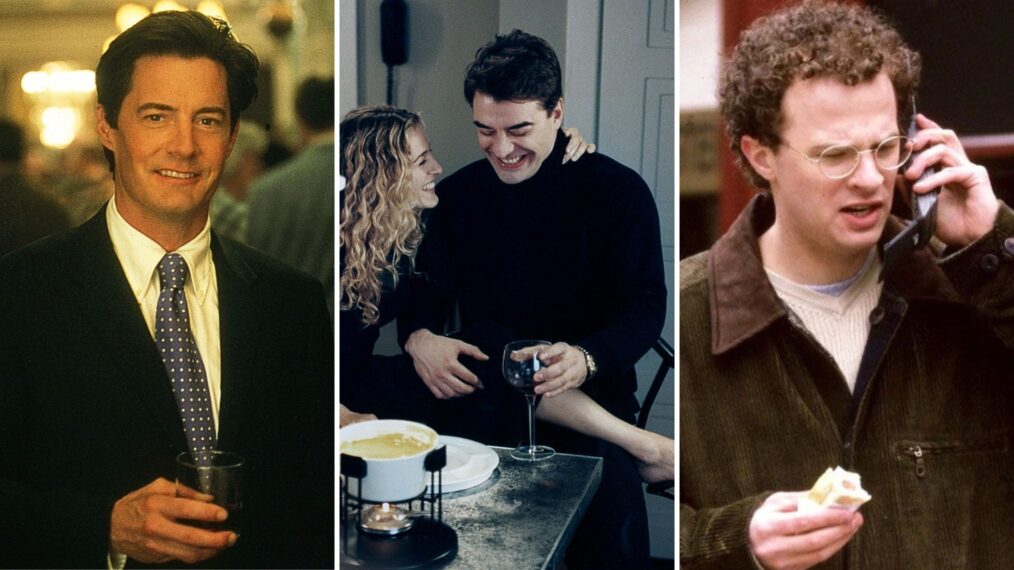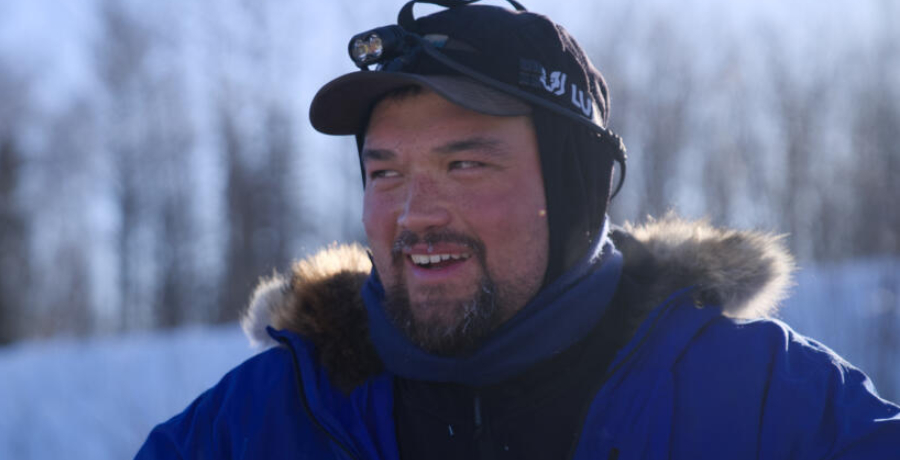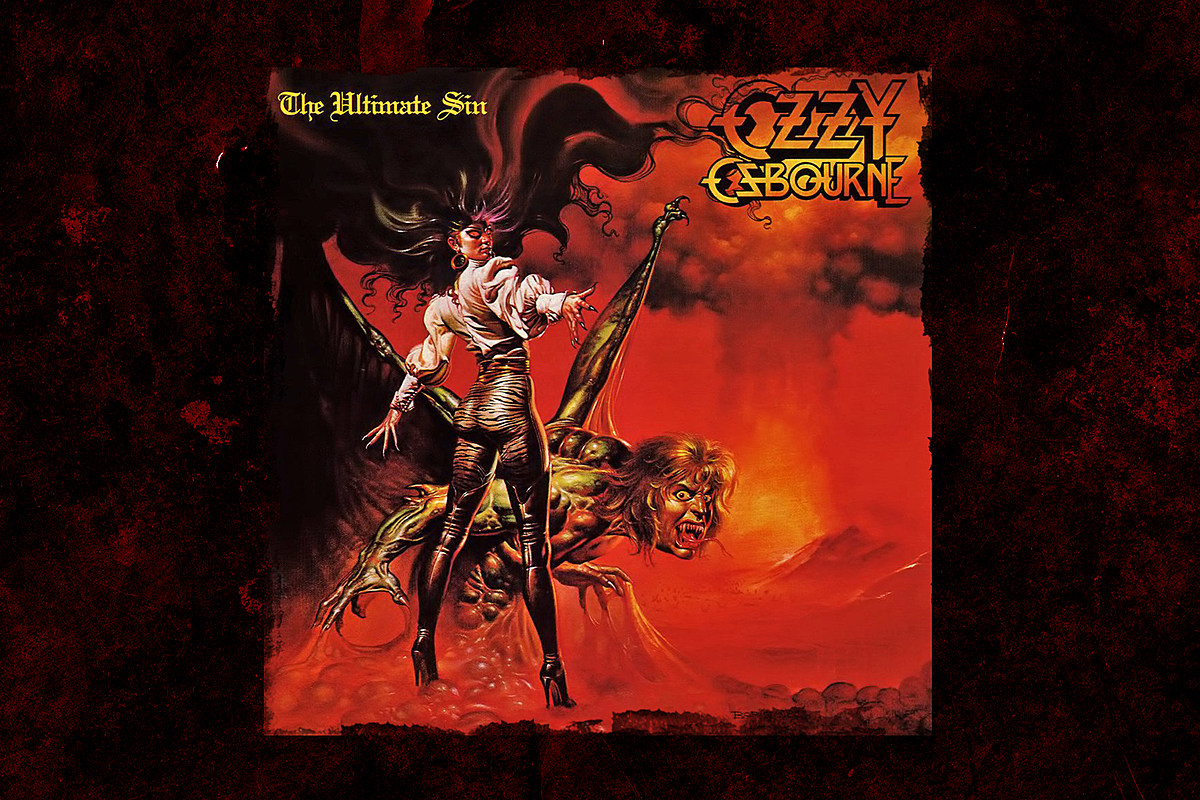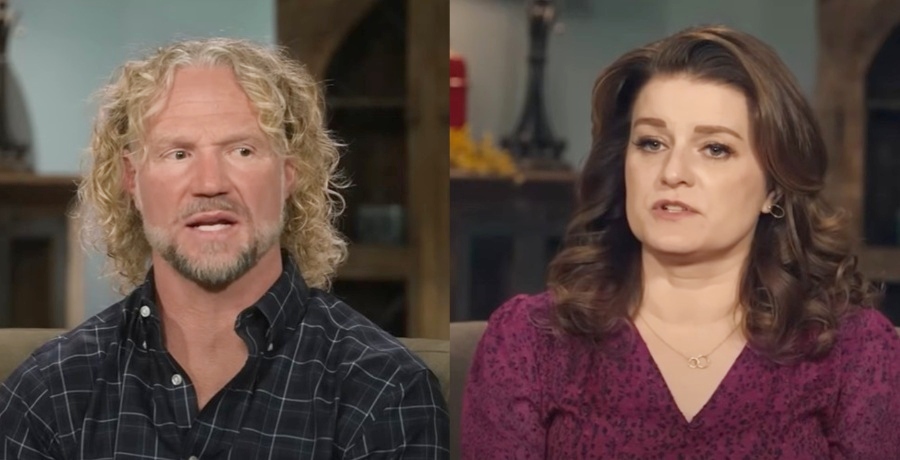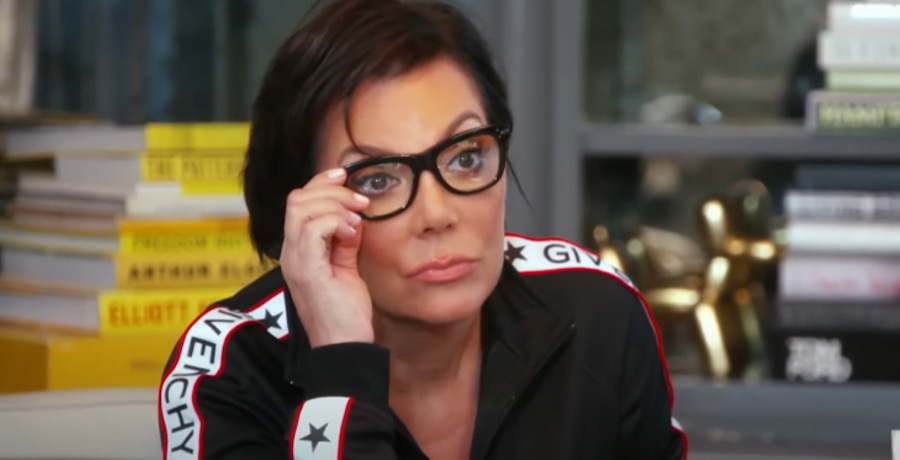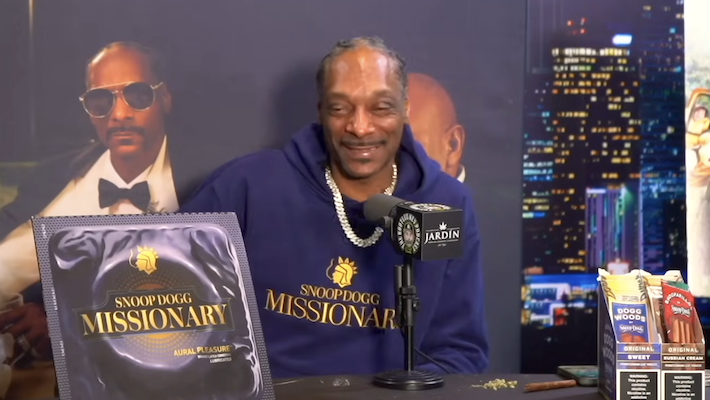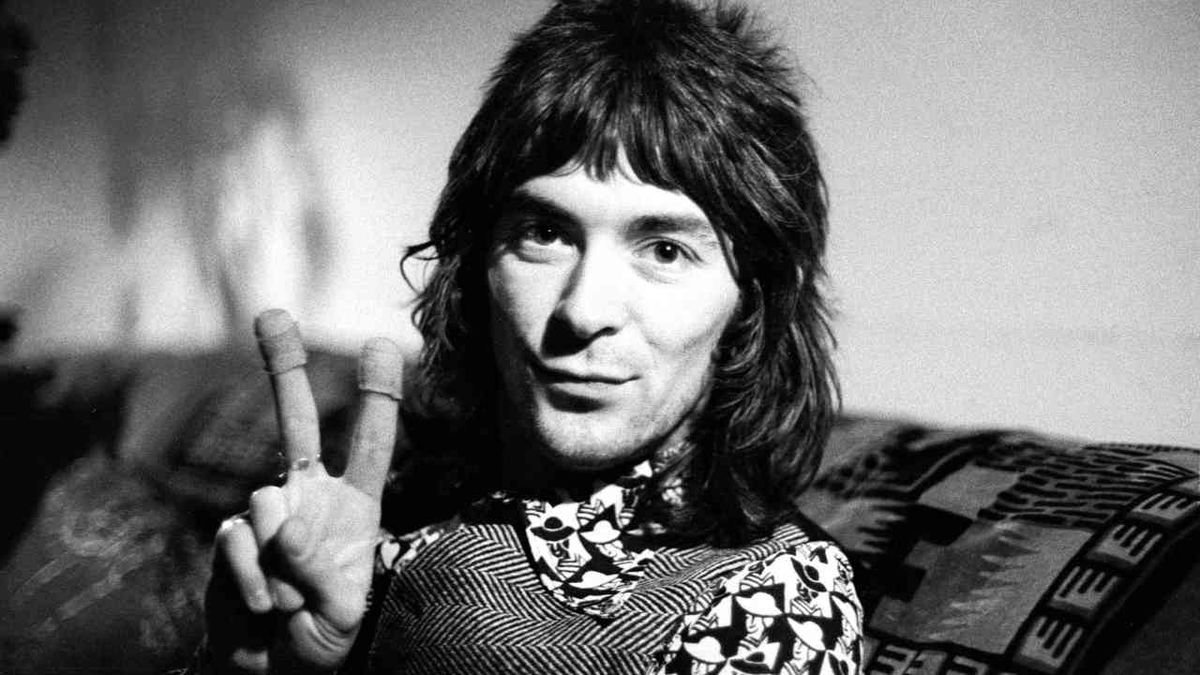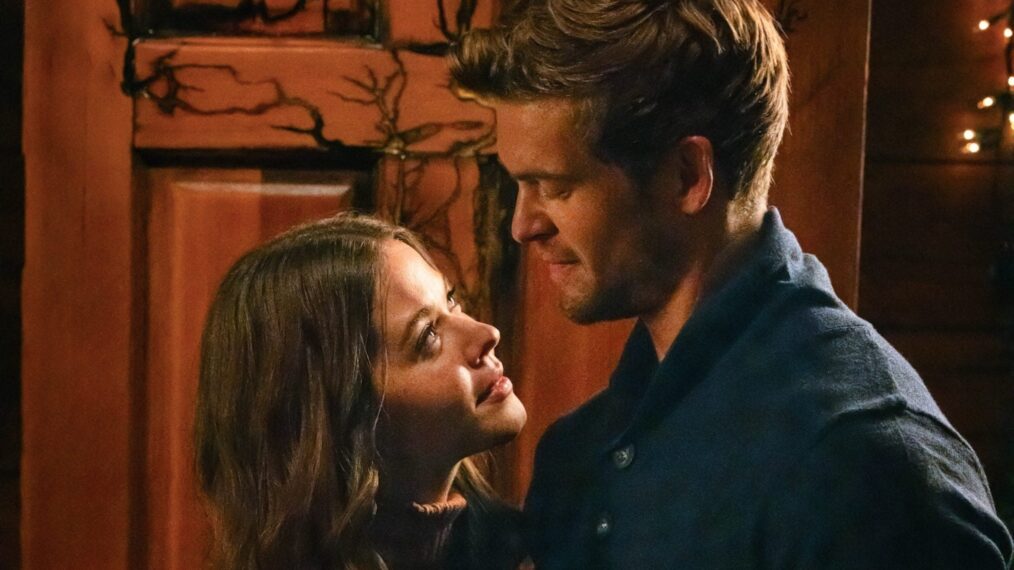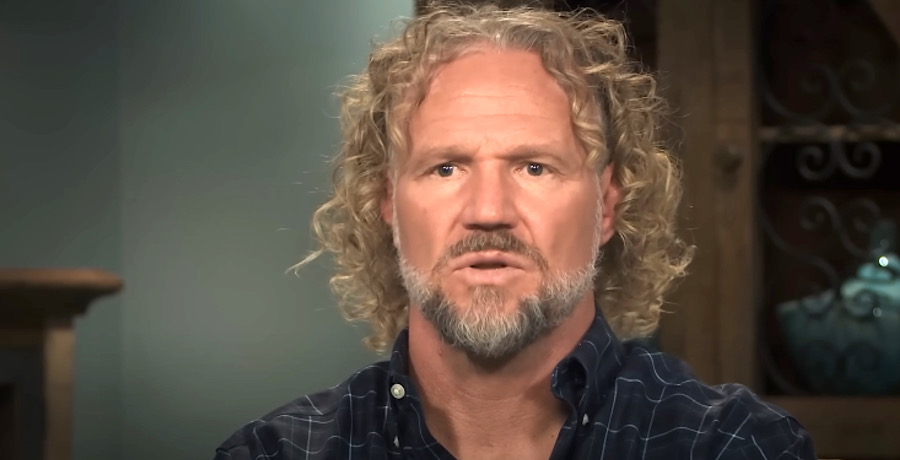Ozzy Osbourne continued his solo success with the release of The Ultimate Sin, his fourth studio album since splitting with Black Sabbath in the previous decade. Released on Feb. 22, 1986, the record was a quick seller, capitalizing on the success of the last three albums and giving fans time to get hungry for new material from the Prince of Darkness after a three year drought.
The Ultimate Sin reached No. 6 on the Billboard 200 and was certified platinum in the United States on May 14, 1986, by the RIAA (and double platinum in October 1994), but the success didn’t come easy as the album’s backing story is rich with eyebrow-raising personnel and managerial moves.
Work on The Ultimate Sin began in the Ozzman’s absence as he was holed up in Rancho Mirage, Calif., in 1985 undergoing treatment for drug and alcohol dependence at the Betty Ford Clinic. The embattled singer agreed to enter the facility under false pretenses. “Sharon [Osbourne] told me it was a club where they would teach me to drink like a gentleman,” Ozzy told the Birmingham Mail in 2011, adding, “I got there and asked Betty where the bar was!”
Paul Natkin, Getty Images
Out of treatment and heading into the studio, the frontman learned axeman Jake E. Lee and bassist Bob Daisley had made significant headway in Palm Springs, Calif., working on the follow-up to Bark at the Moon, which was the first Ozzy album to feature Lee on guitar after replacing Randy Rhoads following the tragic plane accident that left the young virtuoso dead.
Before tracking began, Lee and Osbourne’s management were at a temporary impasse as he demanded his contract be drawn out before laying down a single note. The reason for this stemmed from distrust when Lee was promised writing credits and publishing rights during the Bark at the Moon sessions.
As soon as the six-stringer finished recording his parts, he was presented with a contract in direct conflict of what he had been verbally guaranteed. He had no writing credits or publishing rights, with all the writing credits going to Ozzy, who admittedly can’t play an instrument. Everything was ironed out and Ozzy went on to heap praise unto his guitar player, stating, “It’s always called the Ozzy Osbourne albums but it’s justifiable to call it the Ozzy/Jake album because he did so much work on it — Jake did much more than anyone, really,” in a 1986 interview with Monsters of Rock.
The situation became tumultuous once again when the album was under way, leading to disagreements between Daisley and Ozzy and ultimately the dismissal of Daisley. Phil Soussan was brought in to lock down the vacant bass slot and his position remained in tact even after Ozzy invited Daisley to come back to help with the lyric writing, which he had shouldered the bulk of since the band’s inception. The album was also the first to feature drummer Randy Castillo, who was brought in to replace Tommy Aldridge.
The addition of Soussan brought the biggest success to The Ultimate Sin, with Soussan co-authoring the album’s sole hit, “Shot in the Dark,” along with Osbourne and the uncredited Steve Overland. The song, which was the only one not to feature writing credits from either Lee or Daisley, was originally intended to be presented in an AOR style with Soussan’s previous band Wildfire (and was later redone in 2012 by Soussan with the band FM), but was filtered through the Ozzy sound and came out a resounding success, becoming a Top 10 hit on rock radio.
Ozzy Osbourne, “Shot In the Dark” — Live in 1986
Before the record went to press, Osbourne changed the title of the album from Killer of Giants, which was the power ballad on the album dealing with war, to The Ultimate Sin. The first 500,000 copies of the album did not credit Daisley for any of the writing, but the situation was rectified before the matter had to continue in court.
“The thing about this new band is they all wanna go, they wanna fight for it… they want be better than anyone else,” the singer stated when talking about performing live. The live performance was as crucial as ever on The Ultimate Sin tour because budding thrash titans Metallica had just released Master of Puppets and were serving as the support act for Ozzy on the trek.
Ozzy Osbourne, “Killer of Giants”
Following the tour, the group began work on the album’s successor, but problems existed regarding the quiet and reserved Jake E. Lee. According to Phil Soussan, the guitarist would shut himself up in his hotel room on tour rather than engaging in activities with the rest of the band from partying to simply going out to a restaurant. When the band began rehearsing new songs, Lee would often turn up late or a be no-show entirely and was eventually dismissed by Sharon Osbourne in a telegram. Lee was not given any reasons as to why he was being let go.
The young Zakk Wylde was tapped as Jake E. Lee’s replacement and the group, having brought Daisley back into the fold full time, released No Rest for the Wicked two years later, also eventually going double platinum in the United States, but experiencing a dip in the charts, landing at No. 13 on the Billboard 200.
Top 80 Hard Rock + Metal Albums of the 1980s










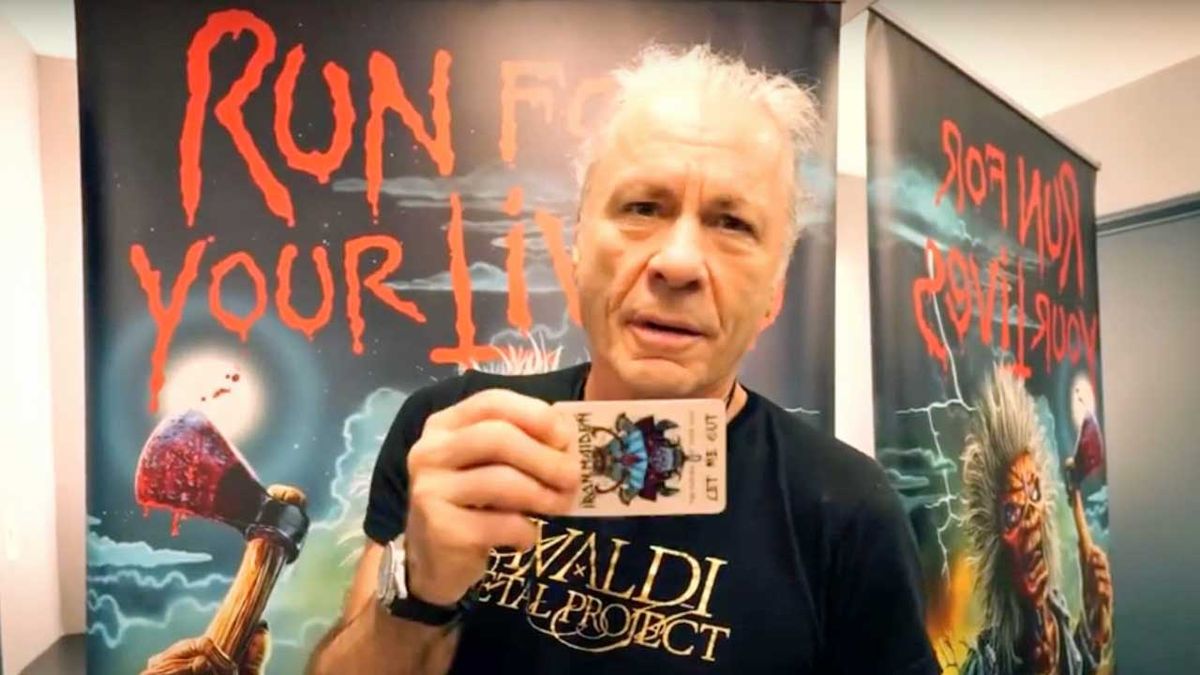

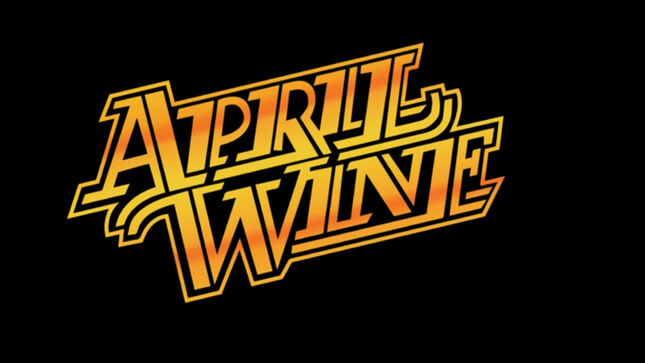
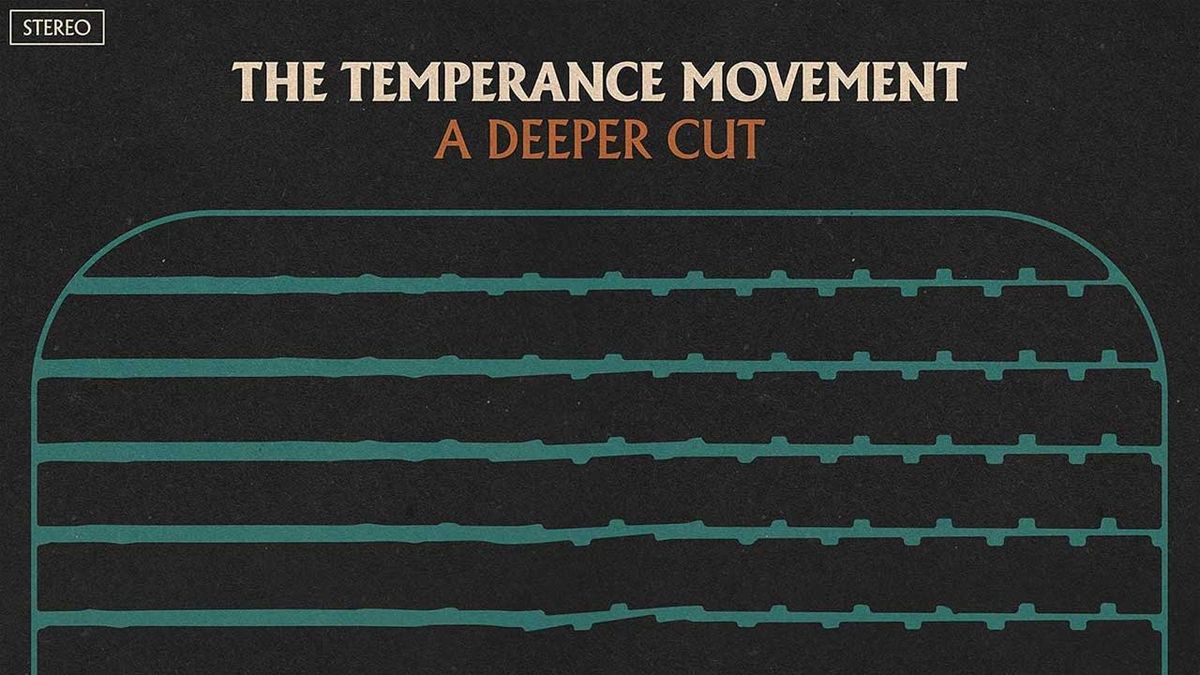

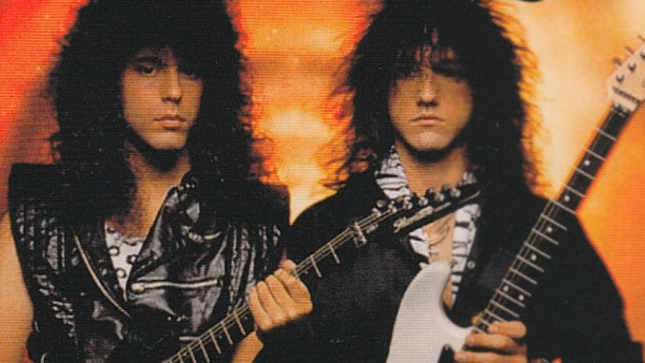
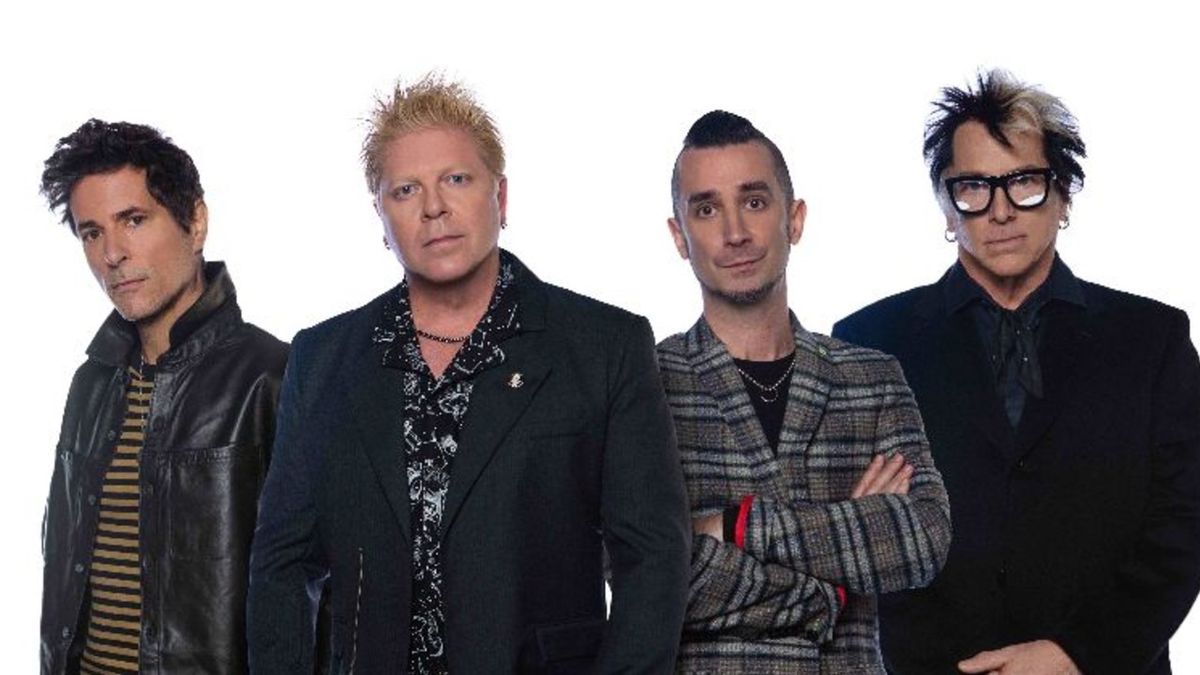

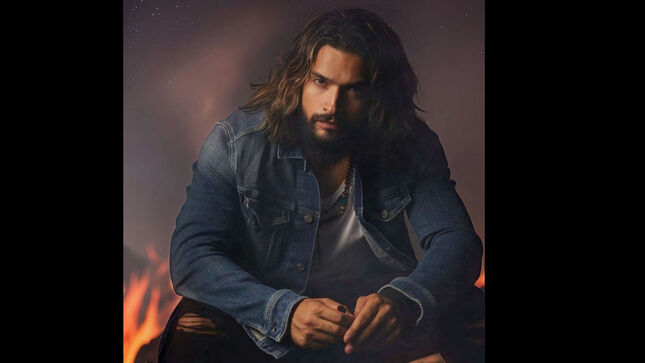


















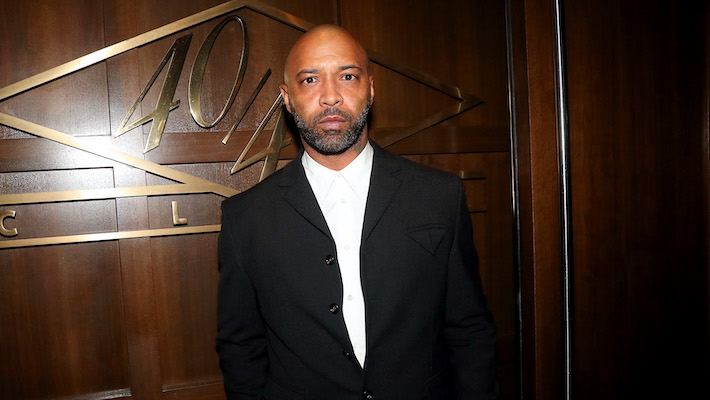







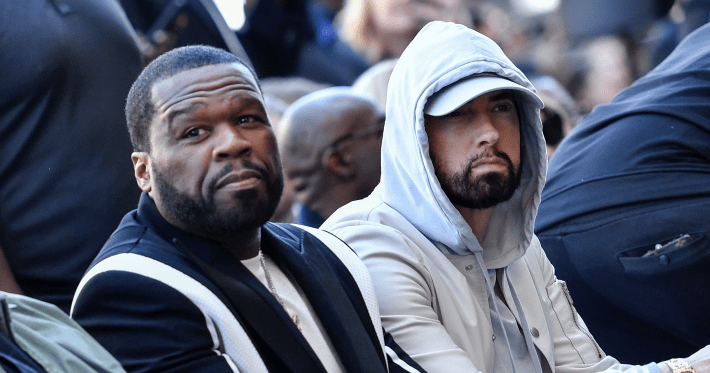

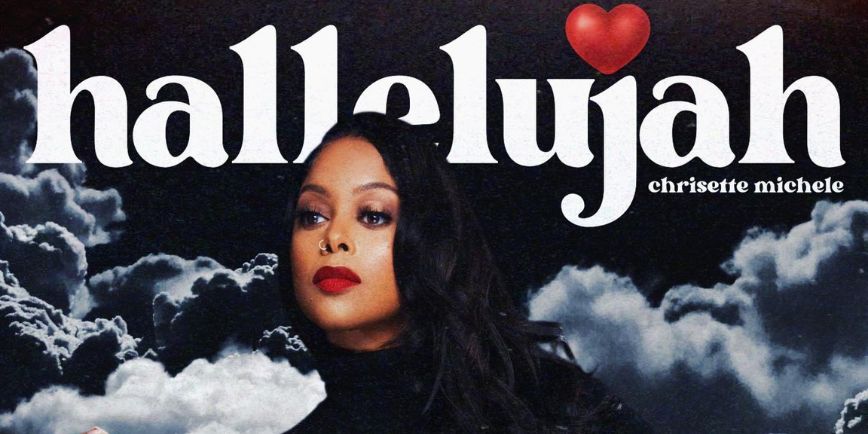


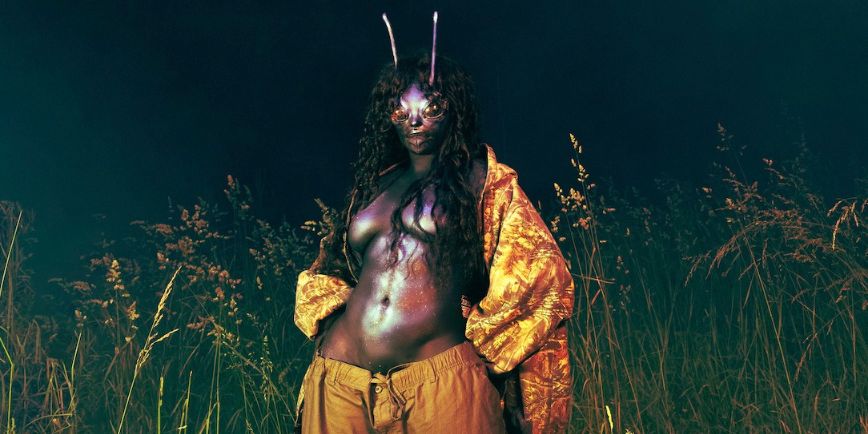
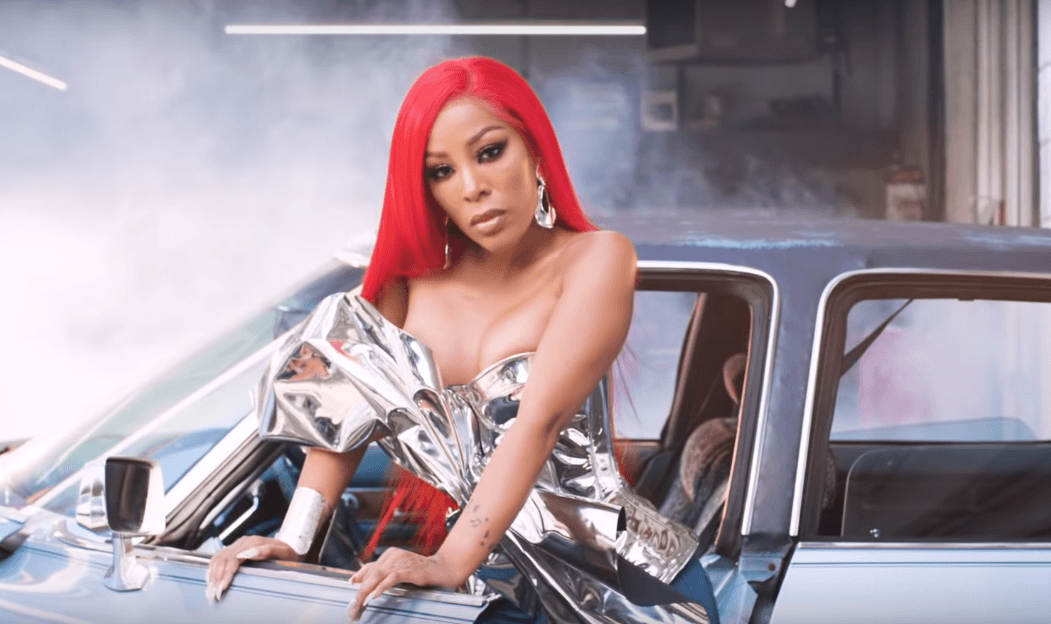











![[VEVO] – Roasted Nuts – Dj Rik (Re-released) [VEVO] – Roasted Nuts – Dj Rik (Re-released)](https://i.ytimg.com/vi/tdcex44sMYk/maxresdefault.jpg)





















